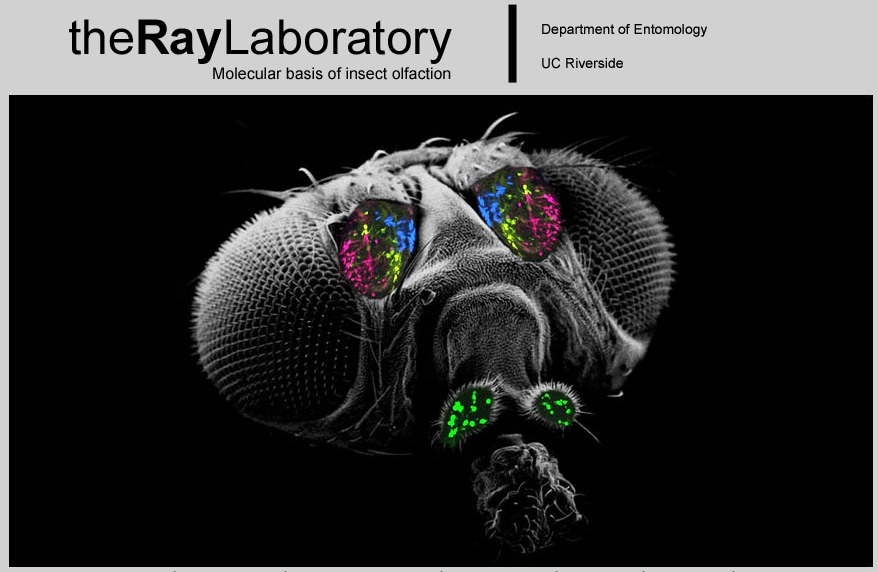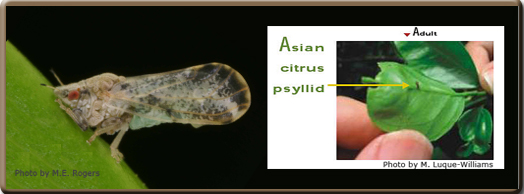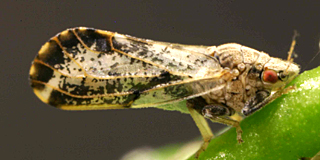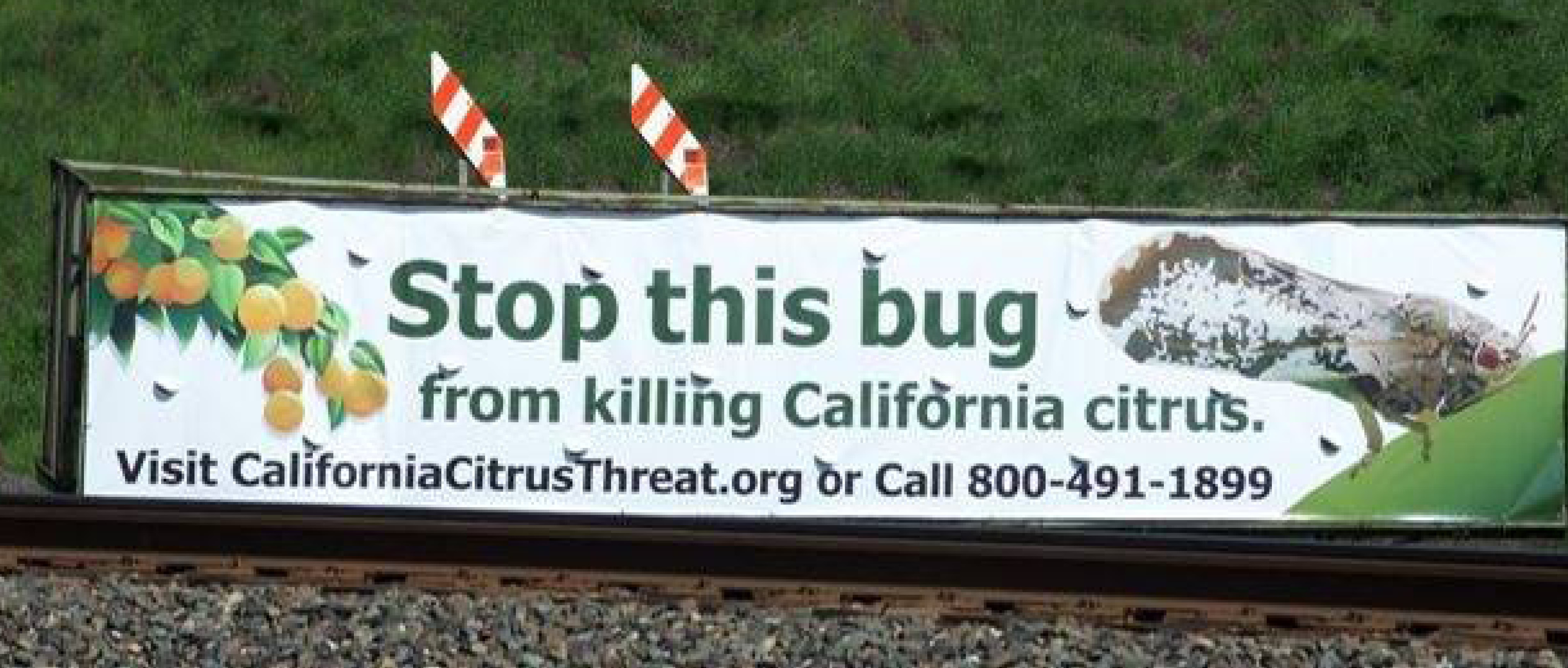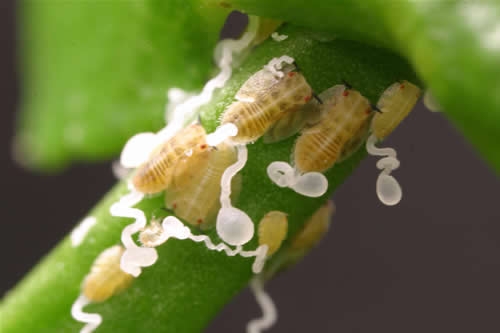USDA Funds $30M to Fight Citrus Greening
USDA Targets Citrus Greening with Promising Tools and Long Term Solutions
Agriculture Secretary Tom Vilsack announced $30 million in funding TODAY for 22 projects to help citrus producers combat Huanglongbing (HLB), also known as citrus greening, a devastating citrus disease that threatens U.S. citrus production. The money will fund promising projects that could offer near-term solutions as well as research funding that may develop long-terms solutions. The promising near-term tools and solutions are funded through the HLB Multiagency Coordination Group while the research projects are funded through the Specialty Crop Research Initiative Citrus Disease Research and Education (CDRE) program, which is made available through the Agricultural Act of 2014 (Farm Bill).
“Our HLB Multi-Agency Coordination Group has worked closely with the citrus industry to select and fund projects that we think will make a real difference for growers against HLB,” said Vilsack. “Funding these projects through cooperative agreements puts us one step closer to putting real tools to fight this disease into the hands of citrus growers.” Vilsack continued, “Through the CDRE research we are announcing today, we are also investing in long-term solutions to diseases that threaten the long-term survival of the citrus industry.”
USDA’s HLB Multi-Agency Coordination Group funded fifteen projects that support thermotherapy, best management practices, early detection, and pest control efforts for a total of more than $7 million. All of them are designed to provide near-term tools and solutions to Agriculture Secretary Tom Vilsack announced $30 million in funding TODAY for 22 projects to help citrus producers combat Huanglongbing (HLB), also known as citrus greening, a devastating citrus disease that threatens U.S. citrus production. the citrus industry fight HLB. The projects include:
Two projects to provide improved delivery of thermotherapy to HLB infected trees, a promising treatment that has shown to help infected trees regain productivity after treatment. One of these projects will test thermotherapy on a grove-wide scale. since studies have shown heating a tree to 120 degrees for approximately 48 hours can kill the HLB bacterium in the upper part of the tree, allowing the tree to regain productivity. This funding will address the challenge of identifying a quick and practical way for growers to use the technology on a large scale.
Six projects to provide citrus producers with best management practices in Florida citrus groves.
- One project will focus on lowering the pH of the irrigation water and soil to strengthen the root systems of citrus trees to help them better tolerate HLB infection.
- Three projects will support different combinations of integrated management approaches for sustaining production in trees in different stages of infection.
- Two projects will test strategies for preventing tree death due to HLB infection. One of those will field test rootstocks that have shown ability to tolerate HLB infection. The other will use technologies to rapidly propagate the tolerant material for field use by the industry.
Three projects to increase early detection of HLB.
- One project will train dogs to detect HLB infected trees. Detector dogs have proven to be highly adept at detecting citrus canker and early results suggest they will be an effective early detection tool for HLB.
- One project will develop a root sampling and testing strategy.
- One project will compare several promising early detection tests.
Four projects to provide tools to kill the Asian citrus psyllid (ACP), the vector of HLB.
- One will produce and release the insect Diaphorencyrtus aligarhensis as a second biological control agent in California.
- One project will use a biocontrol fungus to kill ACP adults.
- One project will use a trap to attract and kill ACP adults.
- One project will increase the use of field cages for the production of the insect Tamarixia radiata in residential areas, especially those that are adjacent to commercial groves in Texas. Tamarixia has already proven to be an effective biological control agent for ACP. Using field cages will enable the wider use of this effective ACP control.
In addition to these projects, USDA’s National Institute of Food and Agriculture funded more than $23 million dollars for research and education project to find lasting solutions to citrus greening disease. Examples of funded projects include developing HLB-resistant citrus cultivars, the development of field detection system for HLB, using heat as a treatment for prolonging productivity in infected citrus trees, creating a new antimicrobial treatment, among others. A fact sheet with a complete list of awardees and project descriptions is available on the USDA website.
Fiscal year 2014 grants have been awarded to two California universities, University of California, Davis, $4.6M and University of California, Riverside, $1.7M. The University of Florida, Gainesville and Kansas State University, Manhattan, are also receiving research awards.
CDRE is a supplement to the Specialty Crop Research Initiative (SCRI). The focus of this year’s funding was specifically on citrus greening disease. Because there are wide differences in the occurrence and progression of HLB among the states, there were regional as well as national priorities for CDRE. These priorities, recommended by the Citrus Disease Subcommittee, fall within four categories: 1) priorities that deal with the pathogen; 2) those that deal with the insect vector; 3) those that deal with citrus orchard production systems; and 4) those that deal with non-agricultural citrus tree owners.
One subcommittee member is Justin D. Brown, Vice President and General Manager, D Bar J Orchards, Inc. in Orange Grove, California.
The Farm Bill builds on historic economic gains in rural America over the past six years, while achieving meaningful reform and billions of dollars in savings for taxpayers. Since enactment, USDA has made significant progress to implement each provision of this critical legislation, including providing disaster relief to farmers and ranchers; strengthening risk management tools; expanding access to rural credit; funding critical research; establishing innovative public-private conservation partnerships; developing new markets for rural-made products; and investing in infrastructure, housing and community facilities to help improve quality of life in rural America. For more information, visit www.usda.gov/farmbill.






